‘A fool’s errand’. That is how Lonnie Bunch, founding director of the Smithsonian’s National Museum of African American History and Culture, wryly characterises the decade’s work it took him to get the museum built. It opens in Washington DC this weekend. A talented fundraiser, he and his team matched the $270 million from the federal government (Oprah Winfrey donated $21 million, Michael Jordan $5 million), and travelled the country sourcing artefacts. Most difficult of all has been convincing critics that such an institution — devoted as it is to the history of black America — is necessary and not divisive, that it will tell a story, not of one culture for that culture, but of America.
No Smithsonian museum had ever started life without a collection until this one did. After much persuasion, gathered inside the new building — a shimmering bronze-clad structure, designed by Tanzanian-born British architect David Adjaye, situated on the National Mall in the shadow of the Washington monument — will be historic artefacts that include a segregation-era railway car, significant objects from the great and the good — Muhammad Ali’s headgear and a brass-and-gold trumpet owned and played by Louis Armstrong — as well as items from ordinary citizens; the museum instituted a programme called Save Our African American Treasures, which helped people to identify objects of importance tucked away in their cupboards and attics. As a result of these efforts, there will be five floors of exhibits, and 3,000 objects on display: emotionally charged slave shackles, Nat Turner’s Bible, the American slave who led the slave rebellion of 1831, and a training plane operated during the second world war by the Tuskegee Airmen (the first black American military pilots) rising up to a platform, aside which a quote from the poet Langston Hughes states: ‘I, too, am America.’
When President Obama cuts the ribbon to the museum at the opening, before an estimated crowd of 20,000, he will mark the achievement of an ambition first set out more than a century ago. In 1915 black veterans of the Union Army, gathering to celebrate the 50th anniversary of the American Civil War’s end, organised a ‘colored citizens’ committee’ and proposed a national museum celebrating the African-American contributions to the country’s history. President Calvin Coolidge, ten years later, approved the construction of a building to serve as a ‘tribute to the Negro’s contributions to the achievements of America’, but plans faltered with the Great Depression.
After a fresh push in the 1970s, the proposal picked up new support. In the 1980s the Democrats John Lewis and Mickey Leland introduced legislation for a stand-alone African-American history museum within the Smithsonian Institution. They had little success; for 15 years, the bill met defeat. ‘Once Congress gives the go-ahead for African-Americans,’ Senator Jesse Helms, one opponent, warned in 1994, ‘how can Congress then say no to Hispanics, and the next group, and the next group after that?’ It wasn’t until 2003 that George Bush signed the bill authorising the national museum.
Much has changed since then. In 2003, the Museum of the American Indian opened on the Mall and in 2013 legislation was introduced into Congress to create a National Museum of the American Latino; though the project languished, the opening of the African American museum is generating new pressure for the cause. The past few years have also seen the rise of the protest movement Black Lives Matter. Never before has the politics of identity seemed so charged.
Bunch, a skilled political operator, neatly refutes Helm’s concern, echoed by others, that American history will fragment along racial lines when told through ethnically-specific museums: ‘This is not a black museum,’ he says of the National Museum of African American History and Culture. ‘This is a museum that uses one culture to understand what it means to be an American.’ You can’t understand America, he argues — the struggle for equality and the civil-rights movement, jazz and rock’n’roll, nor the progress of the first black American president — without understanding black America.
Bunch hopes to strike a balance between a narrative of progress and recognising the suffering of the past and how it continues today. In an essay for Smithsonian, he writes, ‘The museum needs to be a place that finds the right tension between moments of pain and stories of resiliency and uplift,’ and that, ‘I hope that the museum can play a small part in helping our nation grapple with its tortured racial past. And maybe even help us find a bit of reconciliation.’
This is probably why, although the museum will take the visitor through the history of slavery and the civil-rights movement to the present day, the first thing they will see is contemporary art, setting an optimistic tone — the work of three artists: a five-panel painting by Sam Gilliam, a sculpture made from tyres by Chakaia Booker and a ceiling sculpture by Richard Hunt. Rather than make a historical point, as art is often used to do in history museums, the work is included on the basis of artistic merit.
But there is no avoiding the fact that this museum has a difficult mandate: at a time of fractious debates over history, with the frequent assertion of the reality of racial difference by black and white activists for whom victimhood is a badge of pride, achieving closure, to mimic Bunch’s therapeutic language, seems wildly optimistic.
When the museum released 28,500 timed-entry passes for the opening weekend, they were gone within an hour. All the Saturday passes were taken in 14 minutes. Perhaps the next challenge facing Bunch is managing the weighty expectations of what one museum can achieve.
The post Making history appeared first on The Spectator.
Got something to add? Join the discussion and comment below.
Get 10 issues for just $10
Subscribe to The Spectator Australia today for the next 10 magazine issues, plus full online access, for just $10.
You might disagree with half of it, but you’ll enjoy reading all of it. Try your first month for free, then just $2 a week for the remainder of your first year.

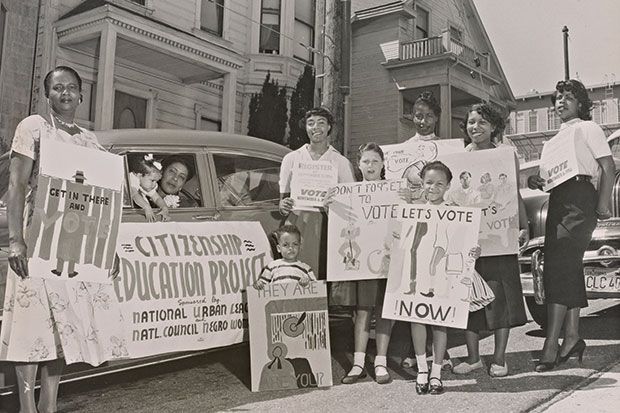
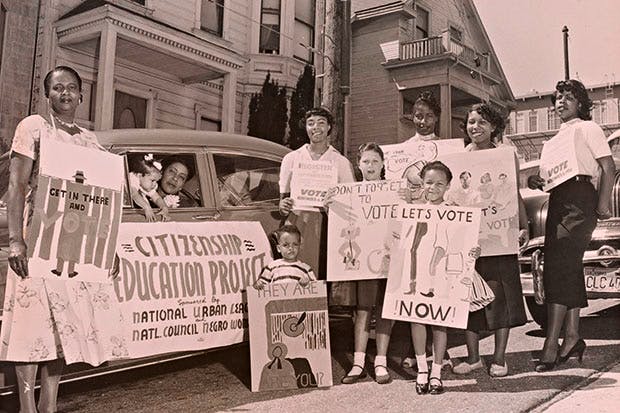
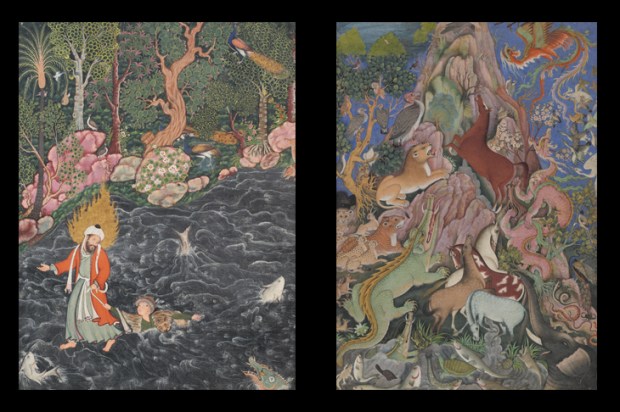
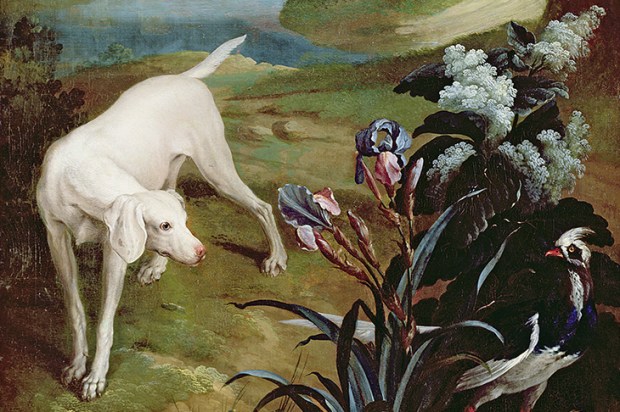
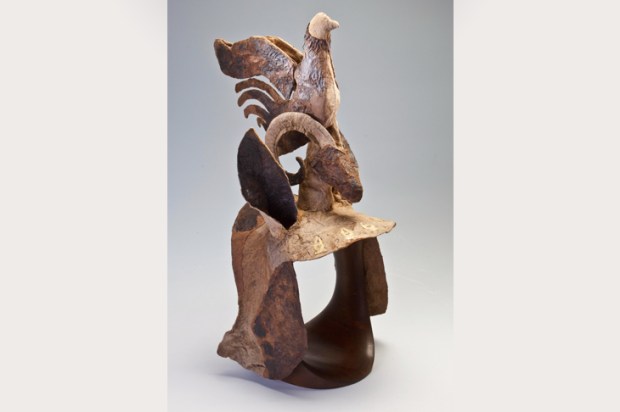
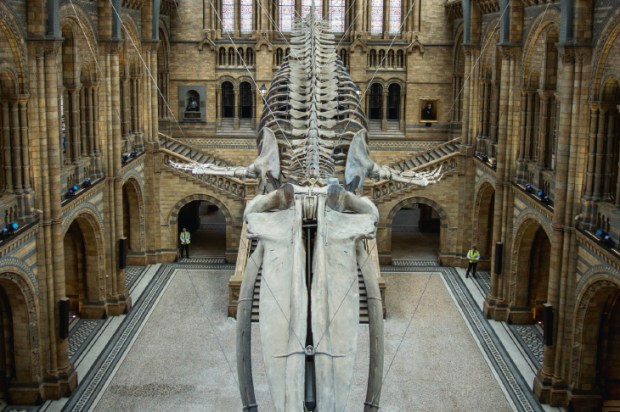






Comments
Don't miss out
Join the conversation with other Spectator Australia readers. Subscribe to leave a comment.
SUBSCRIBEAlready a subscriber? Log in